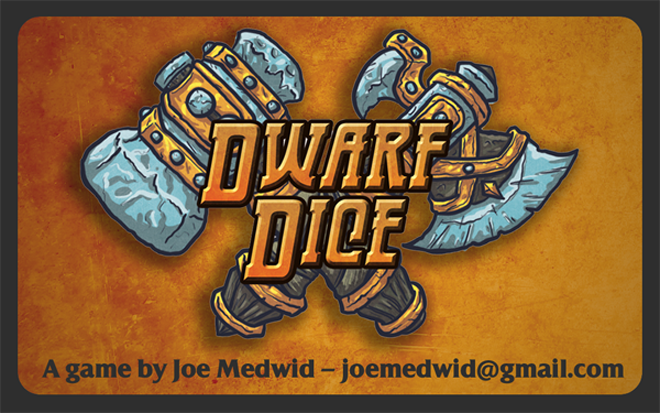
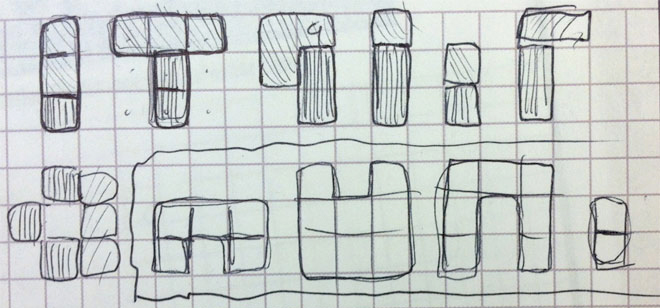
So Many Combinations...
The first design decision was to focus on physically crafting weapons and armor with colored dice on a 3x3 grid. The idea to create a program that would generate every arrangement of dice on a 3x3 grid was tossed in favor of some low-tech grid paper. Dwarf Dice went through six rounds of initial testing with a variety of different rules, including iterations as a lego-like die-stacking game and a card-based resource management endeavor.
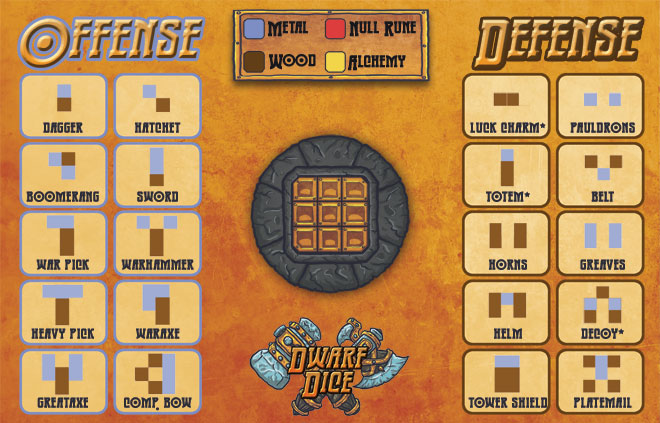
The Battlefield, v1.0
The game submitted for the initial assignment, encouraged players to craft as many of the various Offensive and Defensive recipes as possible on the central forge.
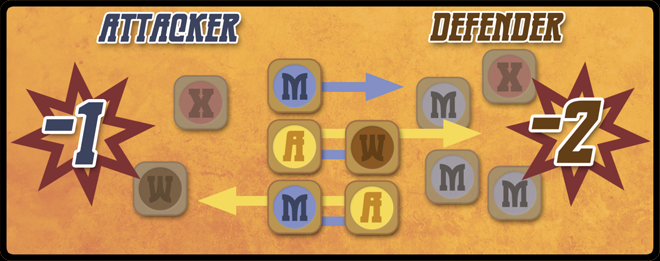
The Return
Years after the initial design, I returned to Dwarf Dice with the aim of entering Cards Against Humanity’s Tabletop Deathmatch competition. First order of business: Refine the rules, and create some clear documentation so that the game can be distributed.
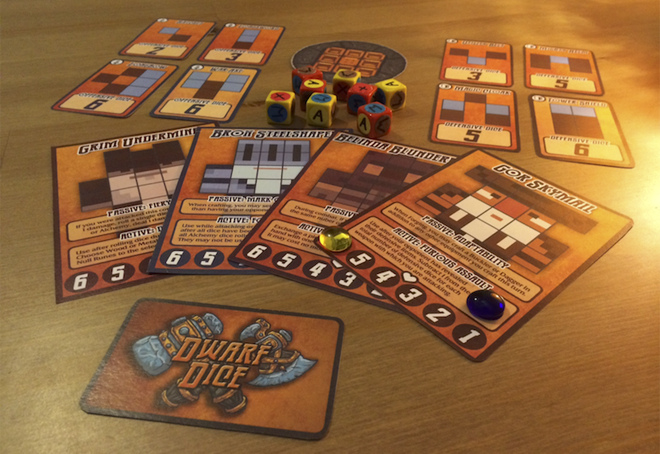
Final Prototype
After many more playtesting sessions and design iterations, the final game introduced powerful dwarf personas, equipment cards, and a more tactical combat system. Interested parties can check out the rulebook, or download a print-n-play version!
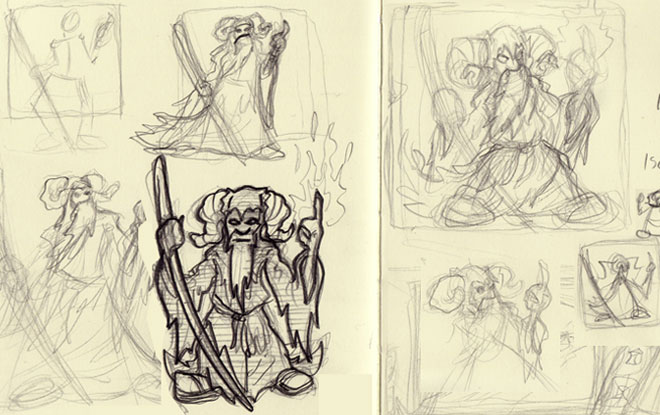
Concept Sketching
Attempts at adapting Tim to the Metal Slug aesthetic I adopted for the game. The version in the upper right was the basis for the finished sprite.

Motion Testing
The most technically challenging aspect was fine-tuning the activation motion that would trigger the fireballs. Here, a classmate helps by "aiming" at targets while the Kinect registers the movement.
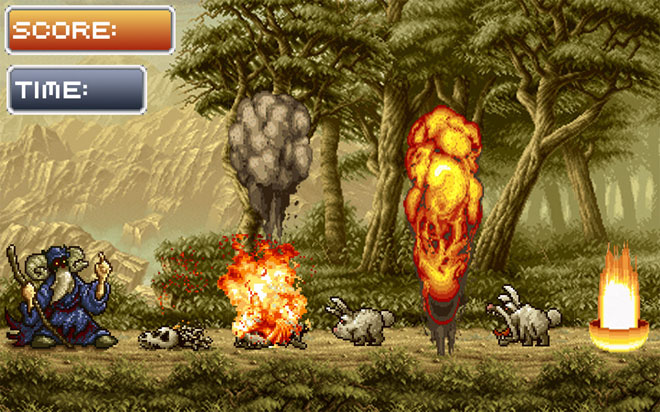
Setting the Stage
Once the code was in order (Many thanks to Asim Mittal!), graphics and audio had to be assembled. Here, you can see my original sprite for Tim and a customized Killer Rabbit, blended with other assets acquired from the Metal Slug games.
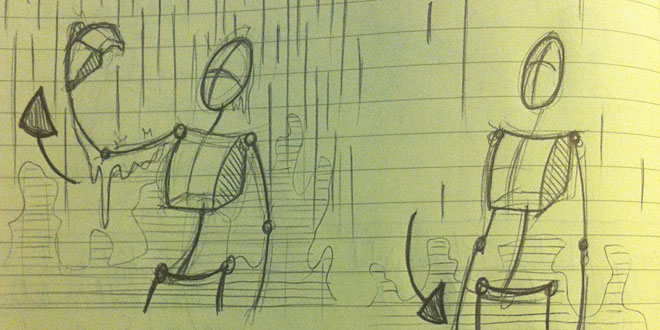
/// Ice + Fire ///
As it did for many projects in Prof. Golan Levin's class, inspiration for this project came like a thief in the night, spiriting away my fancy – A simulated environment where the user becomes a Rain God. One hand would control the flow of a rainstorm, while another would serve as a platform for verdant growth.
Knowing when to ask for help
Unfortunately, this lofty vision was not to be. Despite two solid hours of hacking from computer guru Kaushal, the concept I envisioned was simply not tenable. Libraries weren't cooperating, algorithms crumbled, and the rain wasn't playing nice.
The Answer? Magic.
While attempting to salvage my shipwrecked masterpiece, I discovered a unique interaction opportunity afforded by the simple library I had settled on. Just as quickly as the first, this concept seized my fevered, sleep-deprived imagination. Time was running short, and the only choice was total commitment. Though the end product was decidedly more a toy than a game, the journey to get there was a valuable one.
